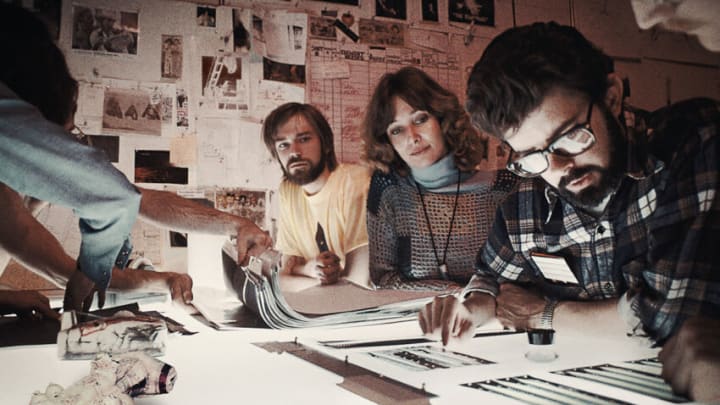It’s morfing time at Industrial Light & Magic (ILM), with Episode 5 of Light & Magic giving a highly informative piece on the introduction and evolution of computer graphics at the company. It focuses on three key films, Willow, The Abyss and Terminator 2.
The show dives straight into Willow, a great choice considering it skips a lengthy and boring introduction. It shows how computer graphics are still in their infancy, explaining the morfing. The documentary underplays how momentous this technique is, as it completely shifts film into a new direction. The documentary feels like it skips out the finer details of an explanation, and moves onto the next part.
The next section focuses on James Cameron’s film The Abyss. This is where the episode hits its stride, putting emphasis on explaining exactly how the technology works, which in turn shows how ground-breaking it is. It takes what is still arguably a hard task now (animating water), and breaks it down. It doesn’t forget to tell the audience the more subtle parts of the process, such as explaining how to animate refraction and reflection properties of water, something that is easy to miss.
Finally, the section on Terminator 2. This is the most interesting out of the three, and perhaps the most informative. It explains a lot about the film’s most prominent effect, the T-1,000. Even though the people at ILM were using what they’d learnt from The Abyss, they had to innovate hugely to make it work. It’s focusing on projects like The Abyss and Terminator 2 that make this documentary interesting. While there is some initial work to build off, some of the innovation requires a huge leap forward in a quick amount of time, which goes to show how intelligent and imaginative these people are.
But throughout the focus on the technology. The human element isn’t lost. Throughout these three films, audiences still get a sense of how the computer graphics team formed a community with each other, showing that they became a family, instead of telling. But it also showed a darker side to the new technology. The modelling team understandably felt threatened by this new technology, and they felt like their community was being taken away. That’s a side that is all too often forgotten when audiences marvel at these effects, and it shouldn’t be.
Overall, by structuring the episode around these three films, the audience can see a clear sense of progression with the computer graphics technology, while being highly informative about just how revolutionary this technology was. But it doesn’t miss out on the human element, by injecting stories and origins throughout, without feeling like it’s pulling away from the other parts.
Follow Dork Side of the Force for all your Star Wars news, reviews, and more!
